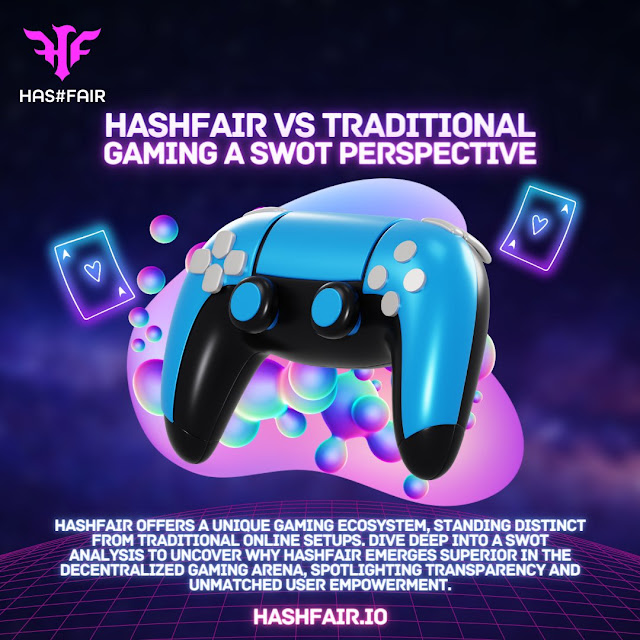HASHFAIR GAMES aims to revolutionize the gaming industry by offering transparency, fairness, and ownership to players.

In recent years, blockchain technology has brought about revolutionary changes in various industries. One of the most intriguing applications of blockchain is in the world of decentralized finance (DeFi) and the emergence of tokenized ecosystems. HASHFAIR GAMES (HFG) is one such project that has caught the attention of investors and enthusiasts alike. In this blog post, we will delve into the tokenomics of HFG and explore how it functions as the backbone of this innovative gaming platform.
1. The Foundation of HASHFAIR GAMES
HASHFAIR GAMES is a decentralized gaming platform built on the Ethereum blockchain. Its primary objective is to introduce a transparent and fair gaming environment where players can engage in a variety of skill-based games using digital assets. The platform aims to tackle some of the key issues faced by traditional online gaming platforms, such as lack of transparency, high fees, and limited ownership of in-game items.
2. Token Utility and Governance
The native token of HASHFAIR GAMES is HFG, which serves as the primary means of value exchange within the platform. HFG has several utility functions, making it an integral part of the ecosystem. Firstly, players can use HFG tokens to participate in games, place bets, and unlock various features within the platform.
Additionally, HFG tokens play a crucial role in the governance of the platform. Token holders have the power to vote on important decisions related to game development, updates, and ecosystem improvements. This democratic approach empowers the community and ensures that the platform evolves in a way that aligns with the interests of its users.

3. Staking and Rewards
HASHFAIR GAMES also offers staking opportunities for HFG token holders. By staking their tokens, users can contribute to the platform’s security and stability while earning passive rewards. Staking HFG tokens helps maintain network consensus and prevents malicious activities within the ecosystem.
Moreover, the platform incentivizes users to hold and stake their HFG tokens by providing additional rewards. These rewards can take various forms, such as a percentage of the transaction fees generated by the platform or exclusive access to new game releases and in-game items. This mechanism encourages long-term engagement and investment in the HFG ecosystem.

4. Token Supply and Distribution
The total supply of HFG tokens is limited, ensuring scarcity and potential value appreciation over time. The initial token distribution occurred through a fair launch, allowing anyone to participate and acquire HFG tokens. This approach promotes inclusivity and prevents concentrated ownership.
Furthermore, the platform implements a deflationary model to maintain token value. A portion of the transaction fees collected within the ecosystem is used to buy back and burn HFG tokens periodically. This process reduces the circulating supply, leading to potential supply-demand imbalances that can positively impact the token’s price.

The tokenomics of HASHFAIR GAMES (HFG) are carefully designed to create a sustainable and rewarding gaming ecosystem. The integration of HFG tokens as the medium of exchange, governance, and staking provides users with a holistic experience and incentivizes active participation within the platform. By embracing blockchain technology and decentralization, HASHFAIR GAMES aims to revolutionize the gaming industry by offering transparency, fairness, and ownership to players. As the project continues to evolve and gain traction, it will be fascinating to see how the tokenomics further enhance the gaming experience and contribute to the long-term success of HASHFAIR GAMES.
#HashFairGames #HashFair #HFG #blockchain #cryptocurrency #technology #bitcoin #money #crypto #Binance #BNB #cryptocurrencies #fintech @Hashfair_Games
AUTHORED BY
.jpeg)

Comments
Post a Comment